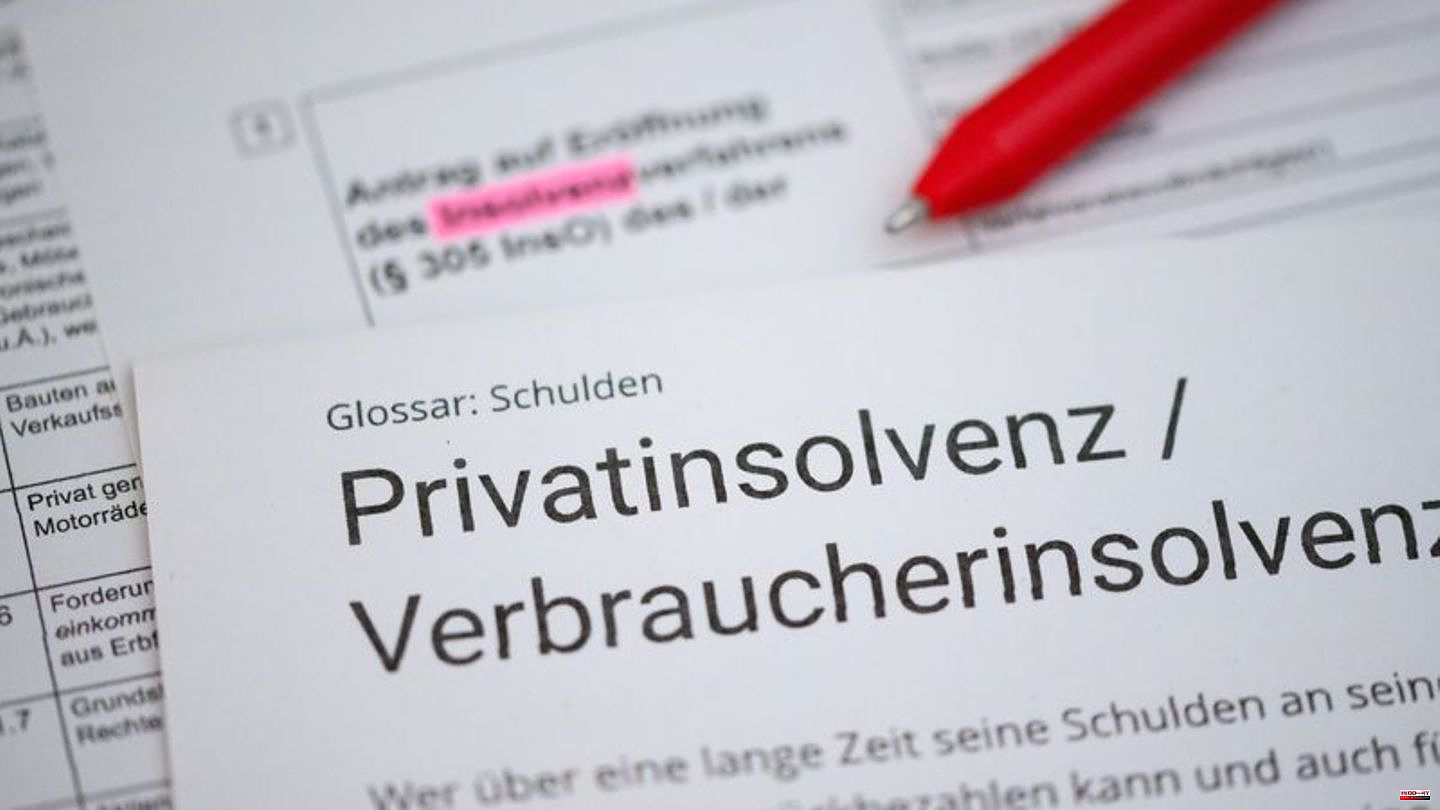The number of private bankruptcies in Germany fell again last year. After a sharp increase in 2021, the Hamburg credit agency Crif now recorded 96,321 cases of private insolvency. That was 11.7 percent less than in 2021, which was characterized by the special effect of a change in the law. In view of the high level of inflation, the experts are anticipating considerable problems for low-income households for the current year and, as a result, again up to 100,000 personal bankruptcies.
The economy is still in crisis mode, Crif Managing Director Frank Schlein said on Wednesday. "Due to the further rising costs, a wave of debt in Germany is possible. If the costs rise sharply, it will be difficult for people who have already been living at the subsistence level." For many, the financial reserves were also used up after the Corona period.
Previously debt free
In 2021, after ten years of declining values, the figures had almost doubled compared to the previous year because many debtors were waiting for the insolvency law reform. It has meant that consumers can be freed from their remaining debts after three years instead of the six years that was previously the case. The reduction applied retrospectively from October 1, 2020.
However, the number of cases from the past year continues to exceed the pre-crisis level from 2019 by 10.8 percent. Compared to 2021, however, they have now fallen in all federal states. Despite the strongest decline nationwide of more than 23 percent, Bremen remained the federal state with the highest proportion of private bankruptcies. In the city-state, there were 188 personal bankruptcies per 100,000 inhabitants. With a national average of 116 cases, there were the fewest insolvencies in Bavaria (74), Baden-Württemberg (83) and Thuringia (97).







